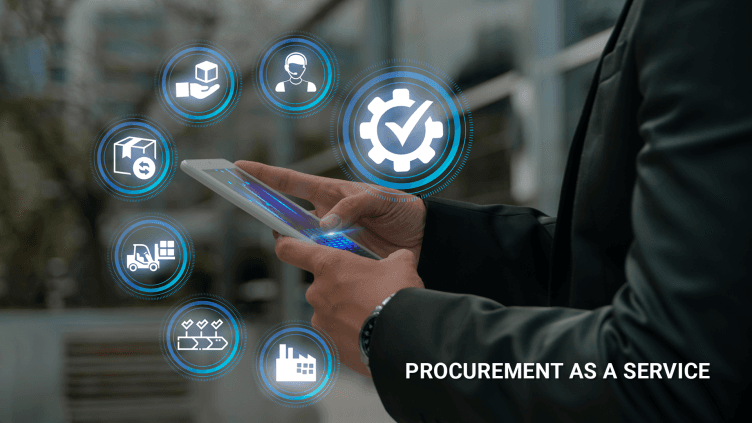
Procurement as a Service vs. Traditional Agents: A Comparative Analysis
In the world of procurement, where businesses strive to optimize their supply chains and source products efficiently, there are two primary approaches: the traditional method involving procurement agents and the modern approach through Procurement as a Service (PaaS) platforms. In this blog post, we'll delve into the strengths and limitations of both methods, highlighting how Procurement as a Service platforms are reshaping the landscape.
The Traditional Method of Procurement
Limitations:
- Lack of Transparency: Traditional procurement often involves intermediaries, which can obscure the sourcing process. Buyers may not have clear visibility into supplier selection and pricing negotiations.
- High Costs: Procurement agents charge significant fees for their services, which can substantially increase the cost of procurement for businesses.
- Manual Processes: Traditional procurement methods often rely on manual, paper-based processes, leading to delays and inefficiencies.
- Limited Supplier Network: Procurement agents typically have a finite network of suppliers, limiting the diversity of options available to buyers.
- Limited Accountability: In case of issues or disputes, it can be challenging to determine accountability, leading to potential conflicts.
Procurement as a Service (PaaS) Platforms
Benefits:
- Ease of Use: PaaS platforms are designed for simplicity, enabling businesses of all sizes to navigate the procurement process effortlessly.
- Transparency: PaaS platforms provide unparalleled transparency, allowing buyers to directly interact with suppliers, access pricing information, and make informed decisions.
- End-to-End Service: PaaS platforms manage the entire procurement journey, from sourcing samples to customs clearance, reducing the burden on businesses.
- Global Reach: PaaS platforms offer access to a global network of suppliers, providing a vast range of product and service options.
- Cost Efficiency: By bypassing intermediaries, PaaS platforms reduce procurement costs, helping businesses save valuable resources.
- Sustainability Focus: Many PaaS platforms prioritize responsible procurement, connecting buyers with suppliers who adhere to ethical and sustainable practices.
- Continuous Innovation: PaaS platforms evolve with the latest procurement trends and technologies, ensuring that businesses always have access to cutting-edge tools.
Now, let's compare these two methods using a table:
| Aspect | Traditional Procurement Agents | Procurement as a Service (PaaS) Platforms |
| Transparency | Limited | High |
| Cost | High | Cost-Efficient |
| Ease of Use | Moderate | Easy |
| Manual Processes | Yes | Streamlined |
| Supplier Network | Limited | Extensive |
| End-to-End Service | Partial | Comprehensive |
| Global Reach | Limited | Global |
| Sustainability Focus | Varied | Often Sustainable |
| Continuous Innovation | Variable | Continuous Improvement |
In conclusion, Procurement as a Service (PaaS) platforms offer a modern and more efficient alternative to the traditional procurement agent model. They provide greater transparency, cost-efficiency, and a global reach while simplifying the procurement process and promoting sustainability. As businesses seek to optimize their procurement strategies, PaaS platforms are emerging as the clear choice for the future of procurement.
Shivang Agrawal
Have any questions?
Contact UsRead More Articles

The Power of PaaS: Elevating Corporate and Industrial Products Procurement
Read in 4 min
06 September 2023

Revealing the Magic of Quality Control in the Enchanted Domain of Apparel Procurement!
Read in 2 min
14 August 2023

The Guardian Angels of the Road: How High-Visibility Uniforms Safeguard Delivery Riders
Read in 3 min
03 August 2023

Stepping Up the Game: The Definitive Guide to Quality Control in B2B Workwear Manufacturing
Read in 4 min
31 July 2023

Procurement as a Service vs. Traditional Agents: A Comparative Analysis
In the world of procurement, where businesses strive to optimize their supply chains and source products efficiently, there are two primary approaches: the traditional method involving procurement age
Read in 2 min
22 September 2023
Ready To Get Started?
Have questions? We're here to help. Contact us now.